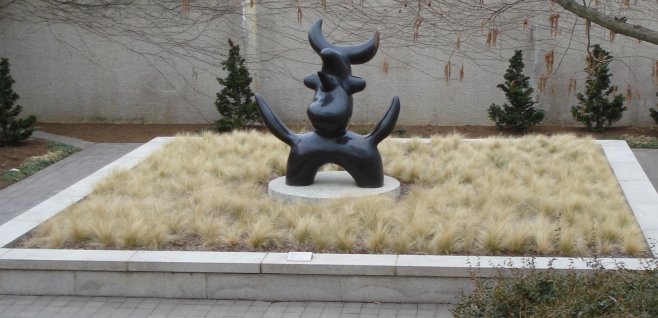So why not have it all together.
The ostensible arbiters of taste hate the suburbs. They critically acclaim crappy movies like “American Beauty” or “Revolutionary Row” that fit into cognoscenti stereotypes of life in the suburbs. Maybe these wise guys won’t understand, but suburbanites are the happier with their lives than those people who live in small towns or big cities, according to Pew Research.
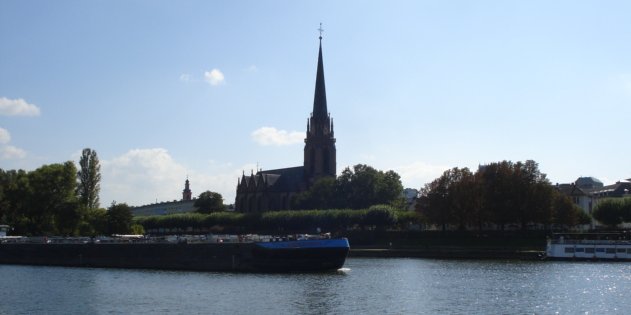
I feel uniquely qualified to speak to this issue, since I work in the city, live in the suburbs and spend a lot of time on my farms in rural areas. Each has its attraction and I would not want to have to choose among them and I don’t have to, so in many ways it is a false choice. Let me address it anyway.
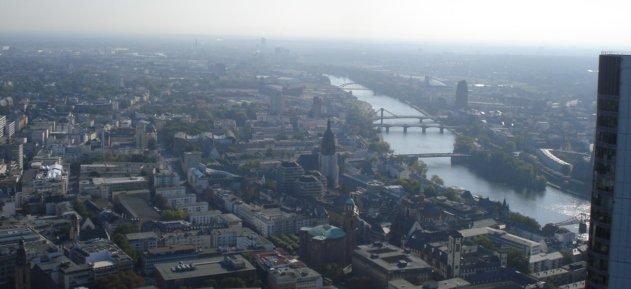
The key advantage of the city is that you can walk to the places you need to go, although this advantage is lost on many urban dwellers, since they don’t walk much anyway. Suburbs are a little too much car culture for me. Of course, I am a bit spoiled in Washington, which is one of the world’s most pleasant and walkable cities. Washington really isn’t a city. At least around the Capitol, it is more like a nice park with magnificent monuments and musuems. Who wouldn’t like that? In many cities these days you cannot really walk around much.
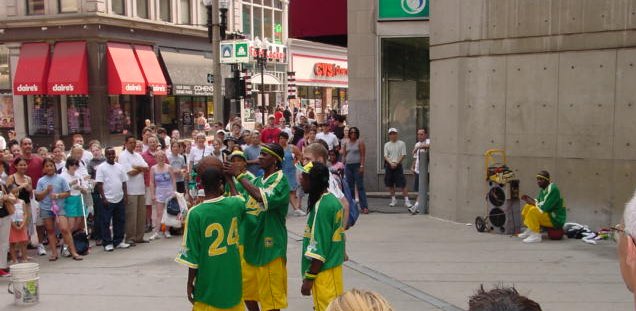
Diversity used to be an advantage of cities, but not anymore. Today that is an advantage of the near-in in suburbs. Fairfax County, where I live, is more diverse than Washington DC. My homeowners’ association has people from all over the world interacting and getting along, which is true diversity. People in cities tend to have more defined and sometimes antagonistic group identities. Group identify is not diversity; it is just a kind of standoff. The suburbs are now doing a better job of breaking down archaic group-think. I suppose that sort of homogenization is one of the things that offends some people, but I prefer to interact with people, not “representatives.” Rural areas tend to be less diverse, in my experience, because fewer people are moving in.

The advantage of the rural areas is space and I love to hike in the big natural areas and I really love MY forests, but absent those things, rural life holds few attractions for me. The countryside is a place to get away to … and then get away from. It is not a place I would like to live permanently. We lived in Londonderry in New Hampshire, which was an interesting exurb. It has the demographic characteristics of a suburb, but the density of a rural area along with a little bit of a small town. We lived in a kind of cluster development, which I found very pleasant.
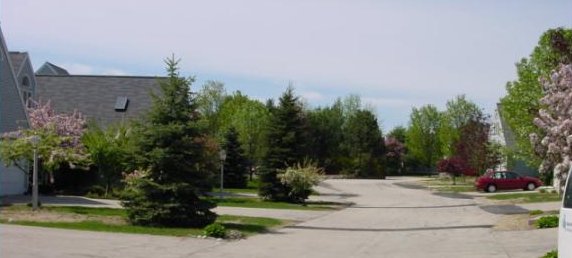
Above was our home area in Londonderry, NH. It was both suburb and country. The picture below is about 200 yards away.
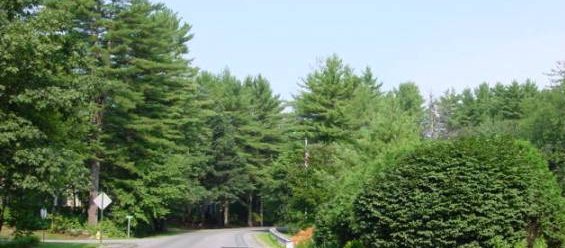
I like to see my neighbors, but be able to leave them behind when I want to be alone. This may be the blueprint for the community of the future. You can have fairly dense development amid green fields connected to urban amenities. The old suburbs, where everybody has a rambler or ranch style house set on a half acre lot are soooo 1950s. The gritty urban environment is too unpleasant and the countryside is too vast. Put the three together, and you have something nice. I guess that is why I am happy where I am now in Fairfax. Of course, I will be keeping my eyes open for something better. That is the American way.
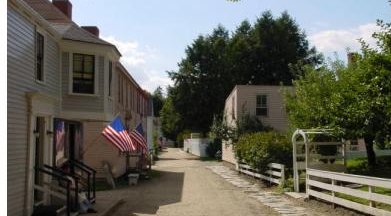
Above – people like old fashioned small towns … in theory, but they demand the larger floorplans and conveniences available only in modern suburbs. Below is a little too empty. Some people think they want to “get away” but few really do. They are nice places to visit, but you wouldn’t want to live there.
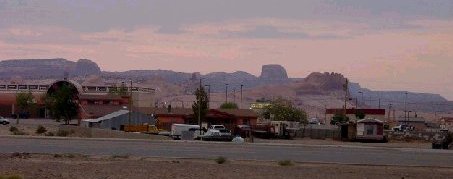
Speaking of that, Pew has an article about the middle class (available here) and I read the Economist special report on the growing global middle class (here). The middle class is also much maligned by the cool ones. The cone headed intellectuals used to call us bourgeois. But when you think about it, most of the good values come from the middle class. The poor are too screwed and screwed up to think about the better things in life and the rich are too spoiled and effete to care. Read the articles, and I bet you will agree.
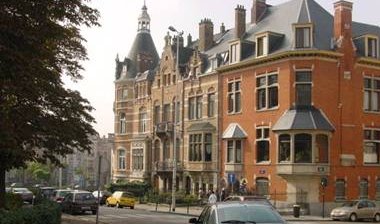
Above – Old buildings are very popular with a small, but vocal, part of the population. They have lots of nice nooks and great lines, but the plumbing tends to be bad. Open markets (below) are another “must have” ammenity. Unfortunately, they are often not economically viable, as the people who claim to love them shop elsewhere.
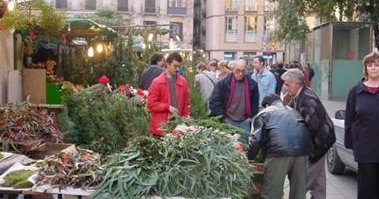
All things considered, we have lots of options and this middle class guy is feeling okay in the new and improved suburbs.
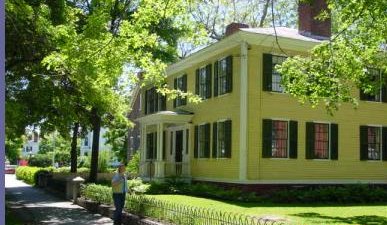
The nicest places, IMO, are the garden cities that were popular in the early 20th Century. This is a bit older, but has the open feel and modest opulence. Below – good mass transit is a necessity to a nice city or suburb. They have to be more convenient than driving for many people. You can do this only by making it more difficult and expensive to drive. If you provide enough parking and prevent traffic jams, most people who can will choose to drive and doom mass transit to a poor transport method for the poor. It is a tragedy of the commons. Everyone benefits if more people take mass transit, but each individual can make himself relatively better off if he can get himself into the car.

Below is that bad part of the suburbs – parking lots. Cars are overused. We have too many impervious surfaces, too many roads, too much traffic and too many fat people because of our love affair with the automobile.

A lot depends on not on the location or the life station but on the person. No matter what how much you make or where you go, you have to live with yourself. If you don’t like the company, you are out of luck.
Below is a sculture at the Hirschorn. I don’t know what it is supposed to be. Maybe nothing – i.e. non-representative. It looks to me like a little fat devil. Or it could be a cow up on its hind legs. One advantage to cities is you get to look at these things and be amazed.
